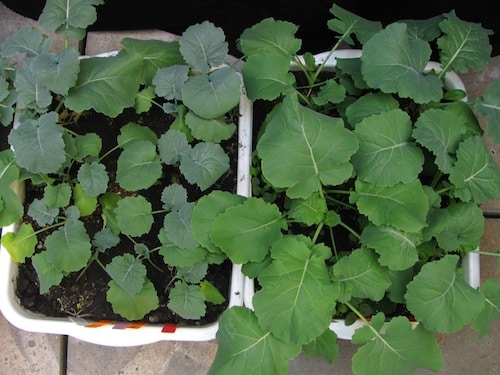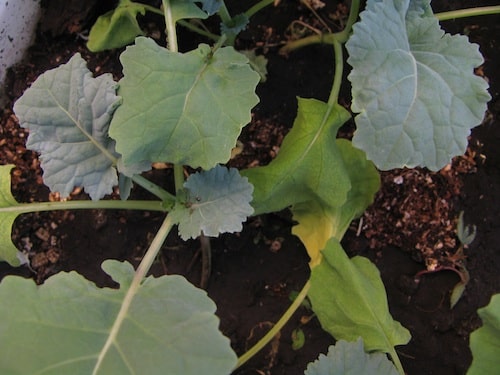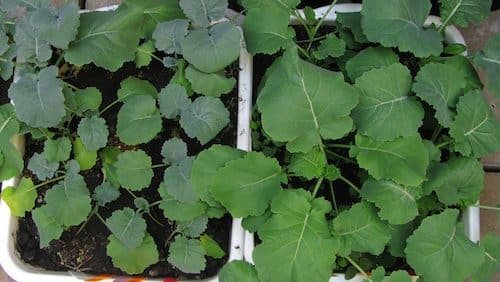Station hosts:
Neil Harker, Agriculture and Agri-Food Canada
Eric Johnson, Agriculture and Agri-Food Canada
Shawn Senko, CCC
Keith Topinka, University of Alberta
Five quick snappers from this presentation:
1. Herbicide efficacy often goes down in dry conditions because most plants — weeds and crop — will develop a waxy layer and curl up their leaves to reduce moisture loss. These two survival responses also reduce herbicide uptake. (See the photos below.)
2. If you sprayed in dry conditions and didn’t see any clear weed control after 10 or 11 days, would you spray again? In sample pots shown at this station, off-type canola volunteers sprayed 10-11 days earlier were stunted but not clearly dead. In the field, canola should advance past these sprayed volunteers and close the canopy before the volunteers recover — if they recover. A second spray would probably not provide an economic return in this case. However, for weeds like thistle or dandelion that can effectively compete with canola or weeds like cleavers where the seed in the canola sample can cause additional economic loss from downgrading, if they look like they may recover a second spray may be warranted.
3. Imidazilonone (Odyssey, Solo, Ares, Assert) herbicide carryover damage can be worse in acid soils (pH below 6.0). Herbicide molecules will bind with soil particles, but in acid soils, the Imi herbicide molecules are more easily “washed off” the soil with a rain and can be taken up by canola plants. Other Group 2 herbicides like sulfonylureas and flucarbazone are less persistent in acidic conditions and are less likely to injure rotational crops like canola. Watch for greater persistence in those herbicides if your soil is high pH.
4. Glyphosate applied past the 6- to 7-leaf stage of Round Ready canola will not improve yields in fields with good canola stands. Applications at flowering may actually reduce yield by causing the plant to abort flowers and pods.
5. CleanStart tip: Apply with at least 10 gallons-per-acre carrier volume using a medium spray quality for best control. Consider adding a non-ionic surfactant or Merge if you have it. Volunteer canola is best controlled if it has no more than 2 leaves.



